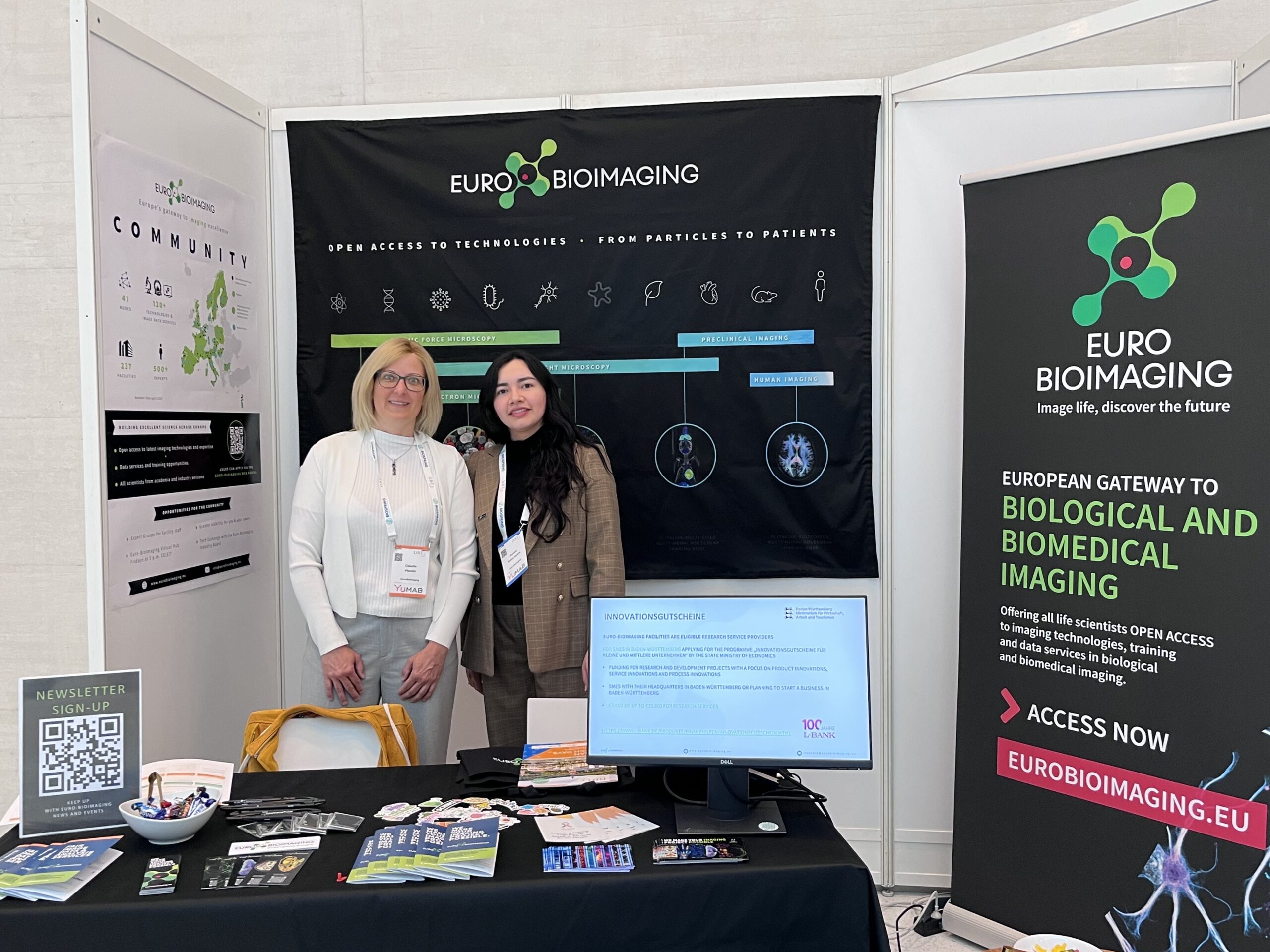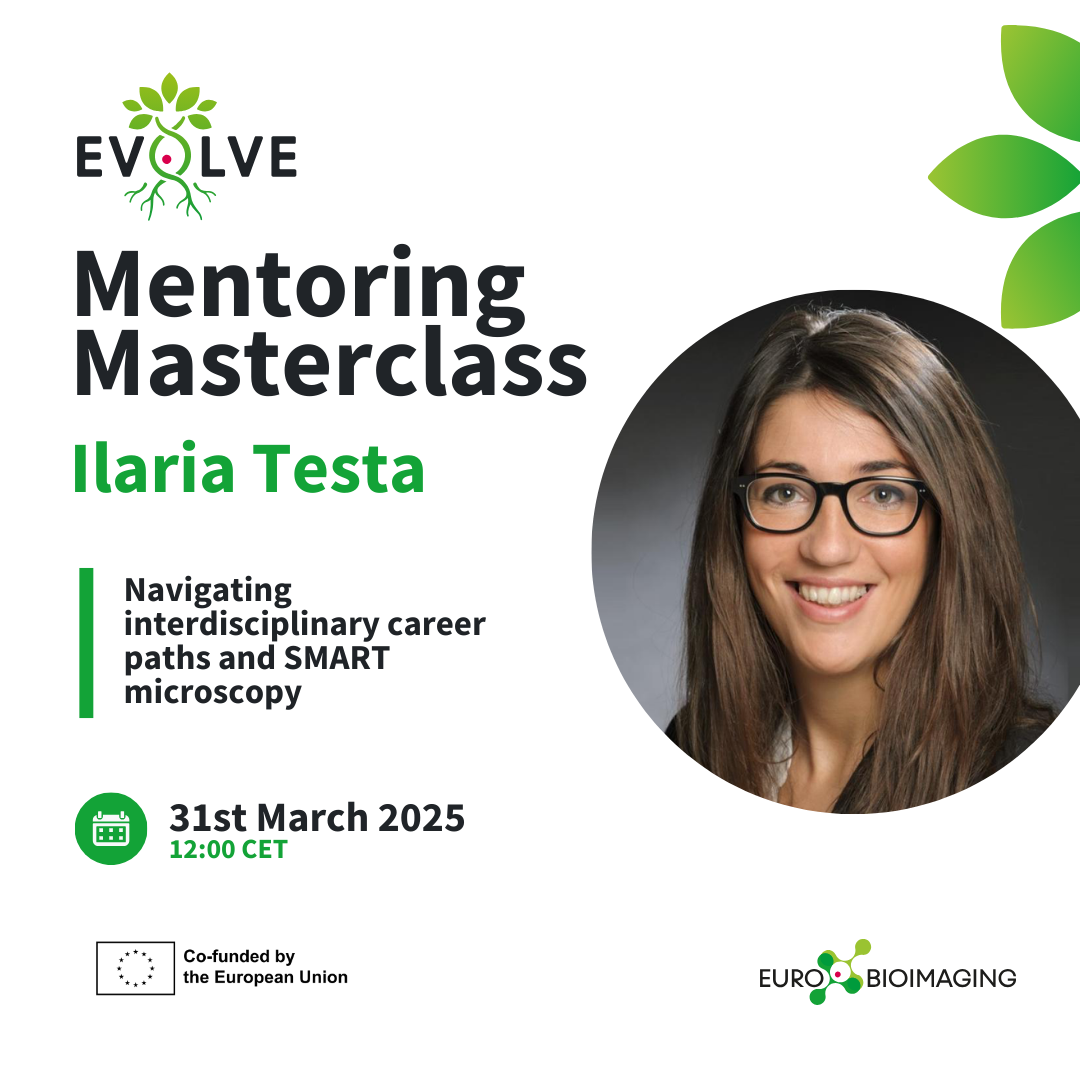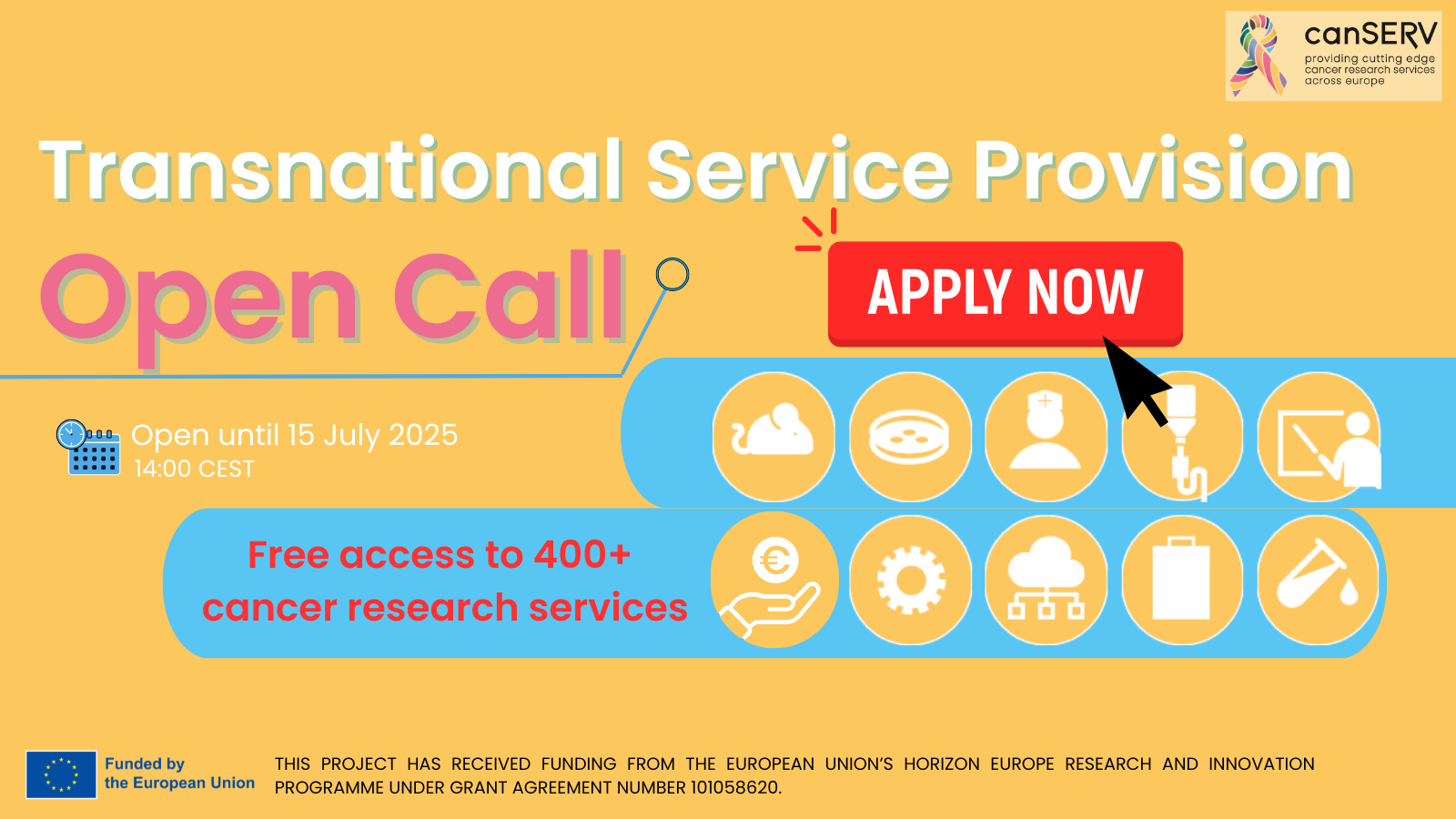
30.5 M Euros funding awarded to Euro-BioImaging Italian Nodes
Congratulations to the MMMI Italian Node and Italian ALM Node on receiving 30.5 M Euros funding over the next 3 years from the Italian Ministry of Research! In a highly competitive call part of the National Recovery and Resilience Plan (PNRR), our Nodes were selected to receive special funding to hire experts and develop training for researchers as well as upgrade their technology offer. Prof. Enzo Terreno, Coordinator of the Multi-Modal Molecular Imaging (MMMI) Italian Node, Seetharaman Parashuraman, Coordinator of the Italian Advanced Light Microscopy (ALM) Node and Anna-Chiara Deluca, coordinator of the Italian Ministry of Research Grant - SEE LIFE - for the Italian Euro-BioImaging Research Infrastructure, report on how this funding will benefit the Italian research community and beyond.
2022 was a busy year for Euro-BioImaging’s Italian Nodes. Two of them not only wrote a winning grant proposal to strengthen their national infrastructure, involving 9 project partners across both biological and biomedical imaging domains, but collectively they also hosted a record number of Euro-BioImaging users, thanks in part to the “Italian User Access Fund,” a fund by the Italian Ministry of Research to support user access.
“The Italian imaging community was organized as a national community early on, and today, Euro-BioImaging is one of the main infrastructures in Italy,” says Seetharaman Parashuraman, Coordinator of the Italian ALM Node. “We see ourselves as a big family, working together for the benefit of all.”
There are nine partners in the StrEngthEning ItaLian InFrastructure of Euro-BioImaging (SEE LIFE) project, as this project has been called, all of which are part of two Italian Euro-BioImaging Nodes. Four of the partners are from universities (Torino, Florence, Genoa and Pisa) and five are from the national research council - CNR (Milano, Naples, Pisa, Torino, and Padua).

“This grant is part of Italy’s post-COVID National Recovery and Resilience Plan,” explains Seetharaman. “And it is unique. While the grants we usually get are for instruments, this one is different – it allows us to hire experts. In this funding scheme, human potential is more important than technology, as ca. 30% of the money we receive will be used to invest in people and training. It makes a lot of sense. What good are fancy instruments without the experts to run them?”
Anna-Chiara Deluca estimates that close to 30 people across a range of positions (researchers, technologists and technician) will be hired at imaging core facilities that are part of Italy’s Euro-BioImaging Nodes thanks to SEE LIFE in the coming months. “With this money we are able to hire additional experts who ensure the excellence of our core facilities and provide important services,” she says.
“This was a very competitive call,” explains Enzo Terreno, Director of the Multi-Modal Molecular Imaging (MMMI) Italian Node. “One of our advantages compared to other national infrastructures was that we are part of the European infrastructure, Euro-BioImaging ERIC. We had a really good evaluation because we were able to demonstrate that there is a real infrastructure working on the national and international level. The result? We got the top level of funding.”
In addition to human resources, the funds will be used to support mobility, allowing researchers to move around, and training. “The training is mainly for the young people and PhD students who will be recruited in the project,” says Anna-Chiara. “But we will also take advantage of this funding to organize training courses that will be open to all, including the wider Euro-Bioimaging community.” Some of the money will also support PhD projects.
Technology investment
Empowering technologies is also an important component of this grant, as ca. 70% of the budget is dedicated to the acquisition of new instruments and upgrading of existing ones.
For the MMMI Italian Node, the main acquisition will be a clinical MRI scanner, to be installed in Torino. The goal is to create a center for Magnetic Resonance Imaging for research projects and translatability. The Node has a long-standing experience with MRI, but in the past it had no scanner for research on humans. “In fact,” explains Enzo. “There are very few research-oriented clinical MRI scanners in Italy. With this instrument, we plan to build up a big center for clinical research in Torino, especially for neuroscience research.”
For the Italian ALM Node, the focus will also be on upgrading the instruments they already have. For electron microscopy, they will upgrade a 120 kW microscope to a 200 kW one, for better resolution and contrast. In addition, the grant money will support the team in Genoa, who aims to push the resolution limit on the light microscopy side with a MINFLUX super-resolution microscope.
SEE LIFE even includes a small amount of funding that can be used to promote user access to try out the new technologies once they will be implemented at the Nodes.
Building a tighter, correlative imaging community
The final aspect of this project is networking. “Currently, the light microscopy and medical imaging communities are working in parallel,” says Anna-Chiara. “We want to bring the communities together to offer integrated services. For example, we want to explore image analysis pipelines to combine light microscopy and medical imaging. The idea is to create a link between the two Nodes to improve the service offer, the technology and the imaging, in particular with regards to in vivo imaging.”
Working together to earn 30.5 M Euros of grant money to strengthen collaboration amongst the Italian Nodes and the overall competitiveness of the national infrastructure is great news to start the new year.
More news from Euro-BioImaging


April 17, 2025
Ilaria Testa lights up EVOLVE Mentoring Masterclass on interdisciplinary science, SMART microscopy and team building
In a compelling EVOLVE Mentoring Masterclass hosted by Euro-BioImaging, Professor Ilaria Testa offered a multifaceted look into her scientific journey, from her interdisciplinary path…
